(NLDO) - An amateur metal detectorist in England has discovered an Iron Age treasure described as very unusual and of enormous scale.
According to Live Science, the treasure is named Melsonby Hoard after the village of Melsonby in North Yorkshire, near where it was discovered.
The treasure contains more than 800 artifacts, including a cauldron, wine bowls, horse-riding gear, parts of a chariot or horse-drawn carriage, a large iron mirror, iron spearheads used for rituals...
What is remarkable is that their shape is completely unlike any other artifacts of the same period that have been found in Britain.
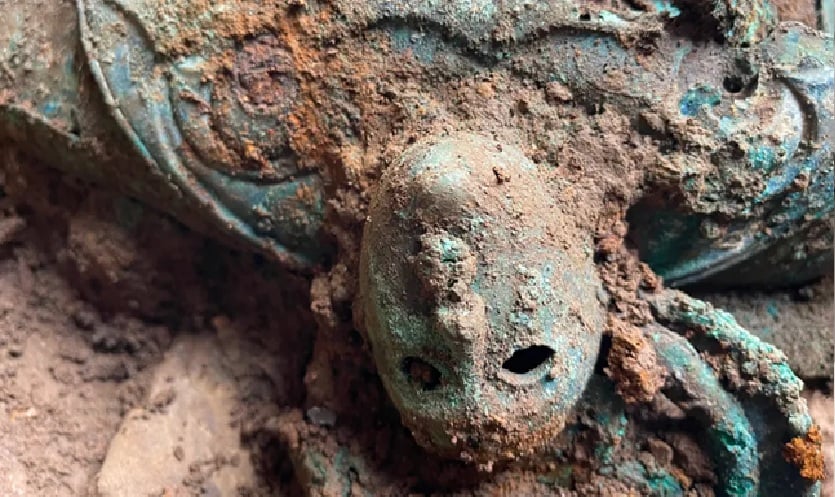
One of the notable artifacts inside the Melsonby Hoard - Photo: DURHAM UNIVERSITY
According to Professor Tom Moore, Head of the Department of Archaeology at Durham University (UK), this treasure dates back about 2,000 years.
The artifacts inside were burned before being buried and have been described as extremely unusual, not something archaeologists expected to find in northern England.
They are all highly valuable objects, decorated in a style that combines Mediterranean and British Iron Age styles.
Some of the horse bridles are decorated with red coral from the Mediterranean and colored glass, suggesting far-flung trade.
According to Professor Moore, there may have been a trade network across Britain and across Europe and even the vast area that the Roman Empire once occupied.

Some of the artifacts from the treasure, including a broken bronze cauldron - Photo: DURHAM UNIVERSITY
The scale of the treasure is also extremely rare for Britain in particular and Europe in general.
The first artifacts were discovered in 2021 by metal detectorist Peter Heads in the middle of a field.
Mr Heads contacted the government and the British Museum, and the excavation was then handed over to Professor Moore's team.
"It was only when we went back to excavate the treasure and opened up a much larger area that we realised we had found something really interesting," said Professor Moore.
This treasure is actually a double treasure, consisting of a small treasure and a larger treasure buried side by side at the same time.
An analysis showed that many of the iron and bronze alloy objects had been burned or broken. Some appeared to have been thrown into ditches or pelted with stones.
It is possible that these objects were placed in a funeral pyre, although no human bones were found at the site.
Source: https://nld.com.vn/kho-bau-chua-800-vat-khac-thuong-lo-ra-giua-dong-196250328094342564.htm


![[Photo] President Luong Cuong attends the inauguration of the international container port in Hai Phong](https://vphoto.vietnam.vn/thumb/1200x675/vietnam/resource/IMAGE/2025/5/13/9544c01a03e241fdadb6f9708e1c0b65)




![[Photo] Prime Minister Pham Minh Chinh meets with US business representatives](https://vphoto.vietnam.vn/thumb/1200x675/vietnam/resource/IMAGE/2025/5/13/5bf2bff8977041adab2baf9944e547b5)


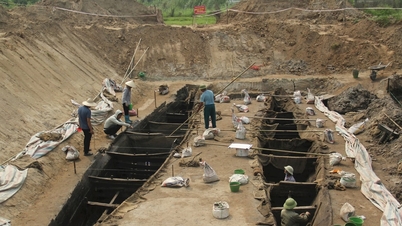



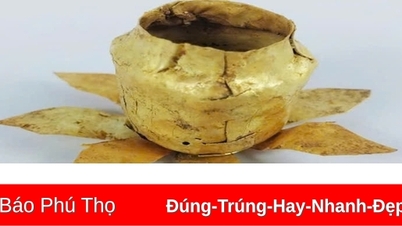

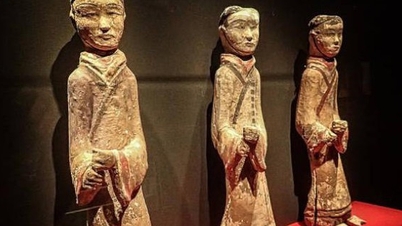
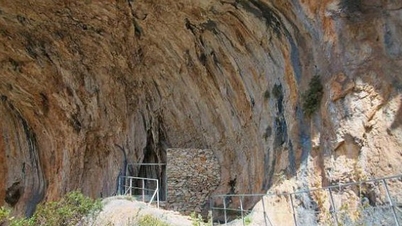


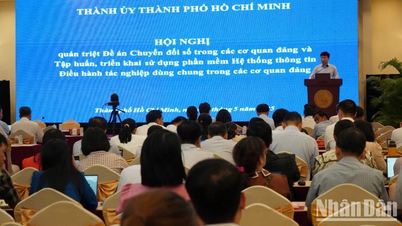










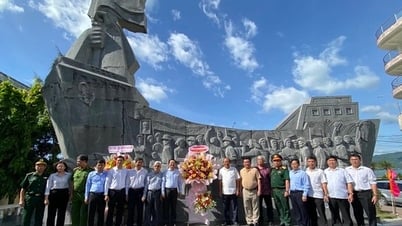
















































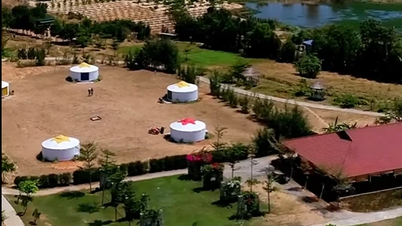


















Comment (0)